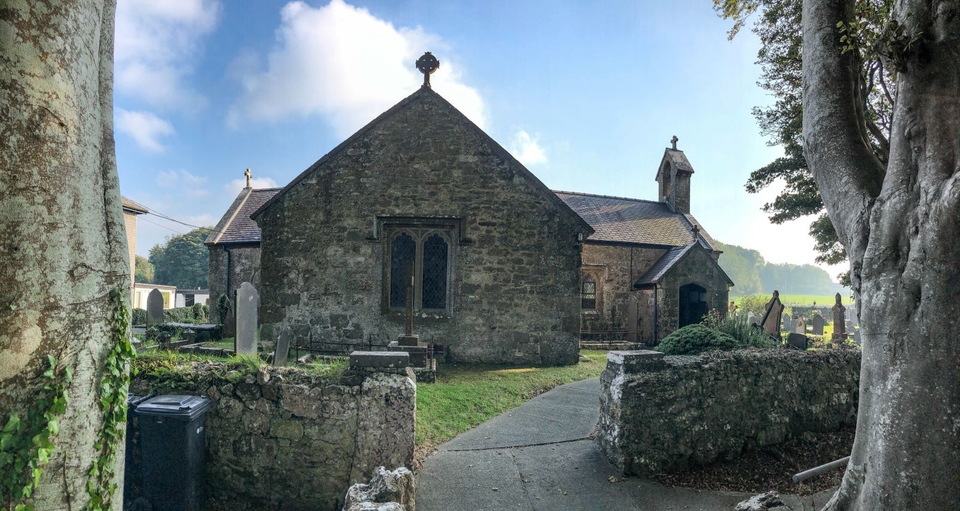Mae Eglwys Sant Gallgo wedi ei lleoli gerllaw cymuned arfordirol Moelfre. Mae’r pentref hwn yn adnabyddus am ei hanes morwrol yn ogystal â’i orsaf bad achub. Saif yr eglwys ar ochr ddeheuol yr A5025 ychydig y tu allan i Moelfre, tua 11 milltir i’r gogledd o Bont y Borth.
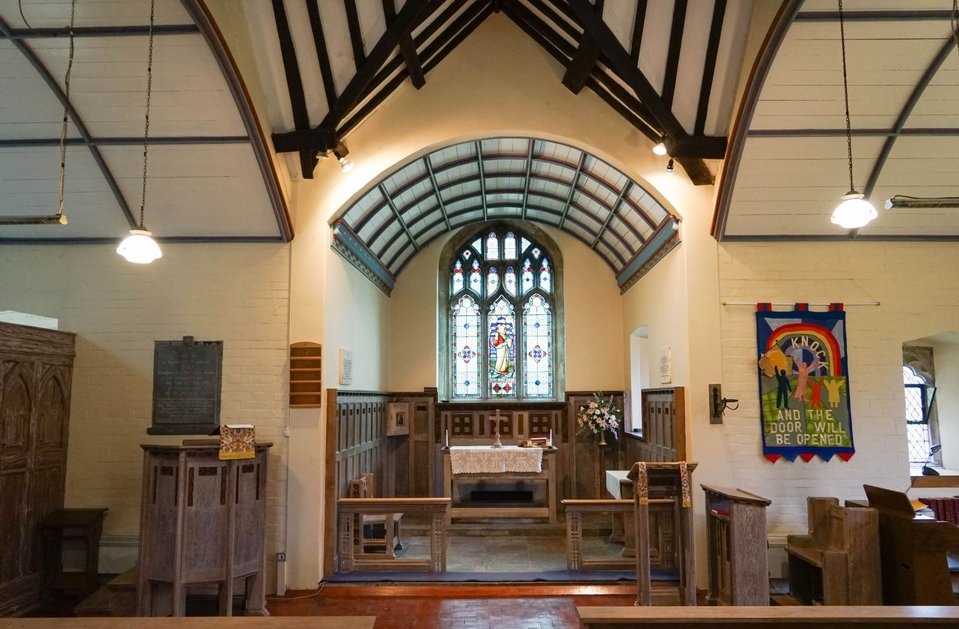
Eglwys blwyf ganoloesol gyda changell a thranseptau, a ffenestri o’r 15fed ganrif. Fe’i hadferwyd ym 1831 ac eto ym 1892, pan gafodd corff yr eglwys ei ymestyn, gan ffurfio cynllun siâp croes. Mae portsh bach ar yr ochr ogleddol ac un cwt clychau ar y talcen gorllewinol sy'n cynnwys cloch o'r 13eg ganrif gyda'r arysgrif ‘+AVE MARIA GRACIA PLENA’ mewn llawysgrifen Lombardaidd.
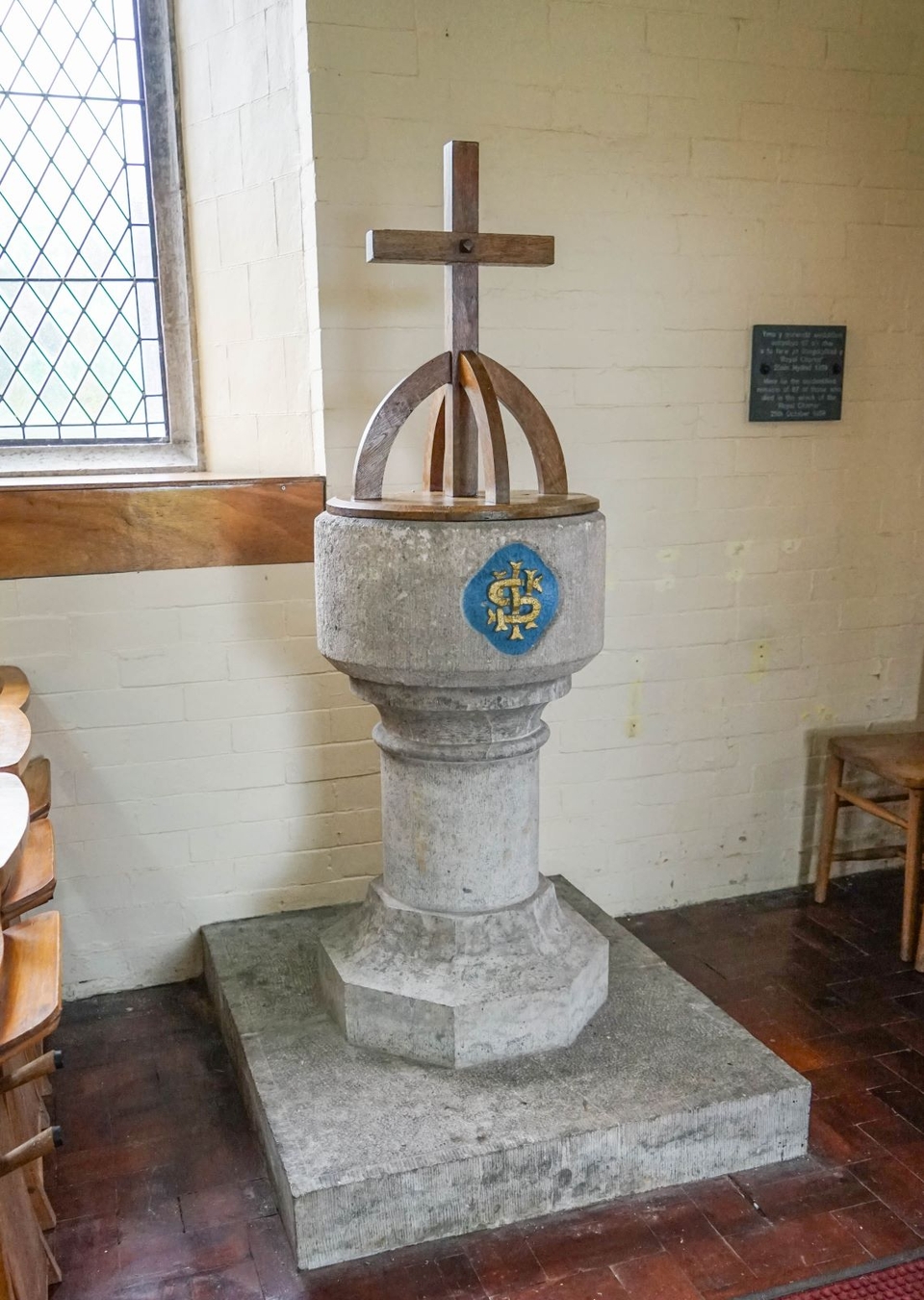
Mae’r eglwys wedi ei hadeiladu â gwaith maen rwbel gyda phwyntio straen. Llechi sydd ar y to, gyda chopins carreg a phennau uchaf croes. Mae naws y 19eg ganrif y tu mewn, gyda waliau wedi eu leinio â brics wedi eu peintio yng nghorff yr eglwys a’r transeptau a llawr calchfaen caboledig yn y gangell. Pren derw calchog yw canllaw y gangell, yr allor, y pulpud a’r ddesg ddarllen.
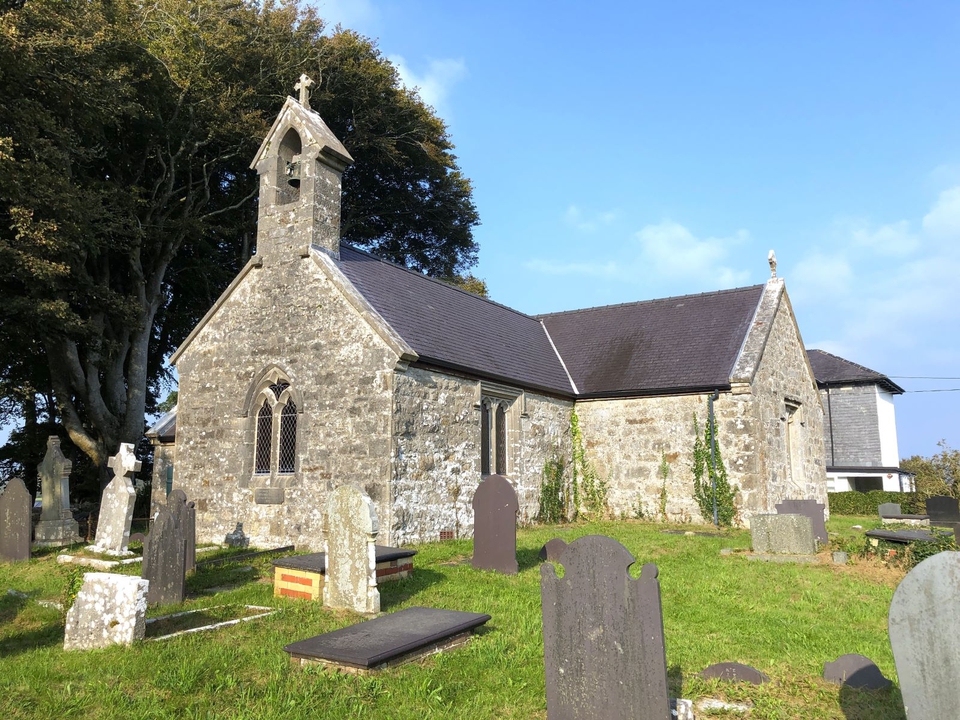
Yn y fynwent, mae cofeb i goffáu trychineb y Royal Charter ym 1859, gyda 140 o’r criw a'r teithwyr wedi eu claddu yno. Roedd y llong yn dychwelyd gyda llawer gyfoeth o feysydd aur Awstralia pan gafodd ei dinistrio ar y clogwyni gerllaw Moelfre mewn corwynt.
Saint Gallgo sits near the coastal community of Moelfre. This village is well known for its seafaring history as well as for its lifeboat station. The church sits on the south side of the A5025 just outside of Moelfre, about 11 miles north of Menai bridge.
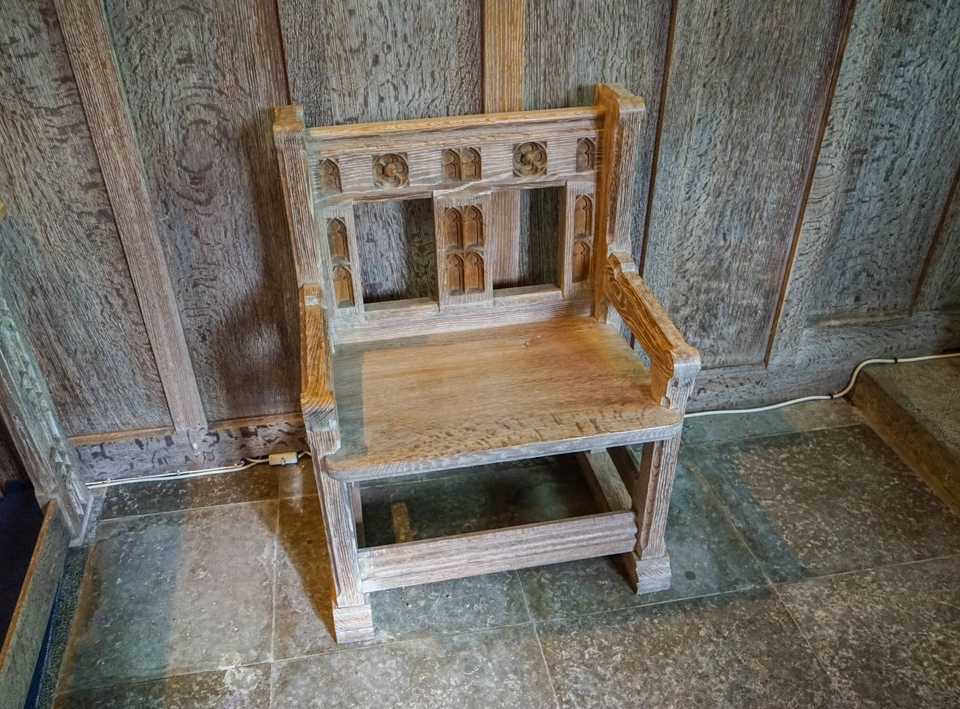
A medieval parish church with the chancel and transepts with their windows from the 15th century. It was restored in 1831 and again in 1892, where the nave was lengthened, giving a cruciform plan to the design. There is a small north porch and a single west gable bellcote that contains a bell from the 13th century with the inscription ‘+AVE MARIA GRACIA PLENA’ in Lombardic Capitals.
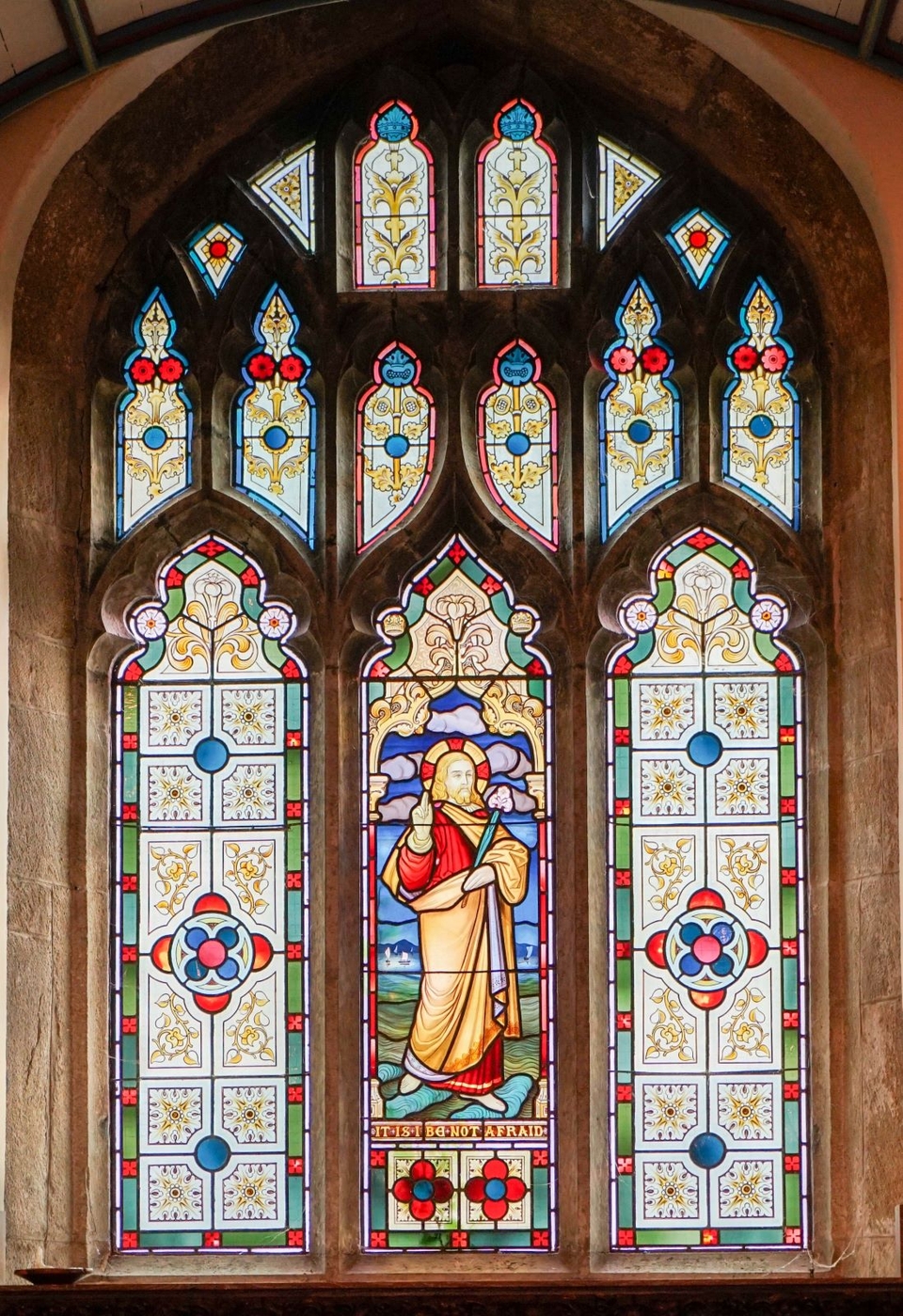
The church is built with rubble masonry with stress pointing, the roof is slate with stone copings and cross finials. The interior has a 19th-century feel with painted brick-lined walls in the nave and transepts and a polished limestone floor in the chancel. The chancel rail, altar, pulpit, and reading desk are in limed oak.
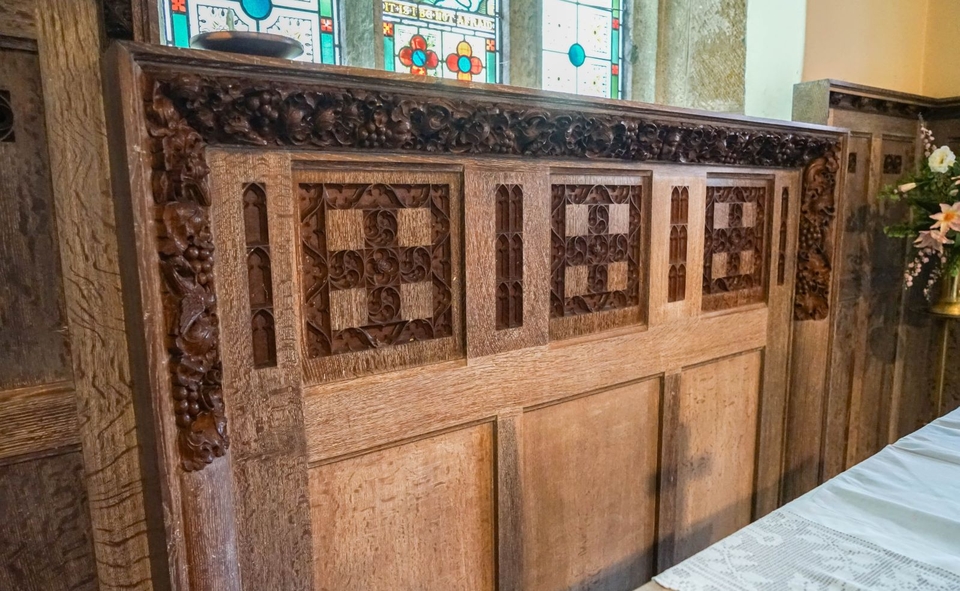
In the churchyard, there is a memorial to commemorate the Royal Charter disaster of 1859, with 140 crew and passengers buried there. The ship was returning with many from the goldfields of Australia when it was wrecked on the cliffs by Moelfre in hurricane conditions.

